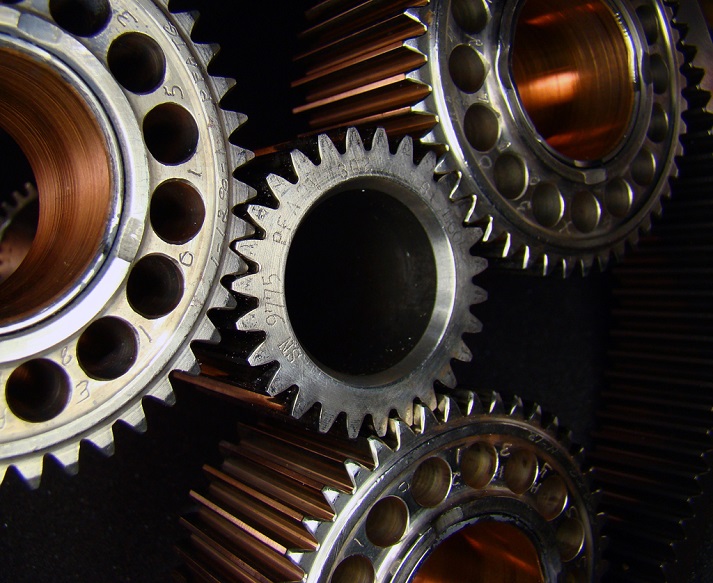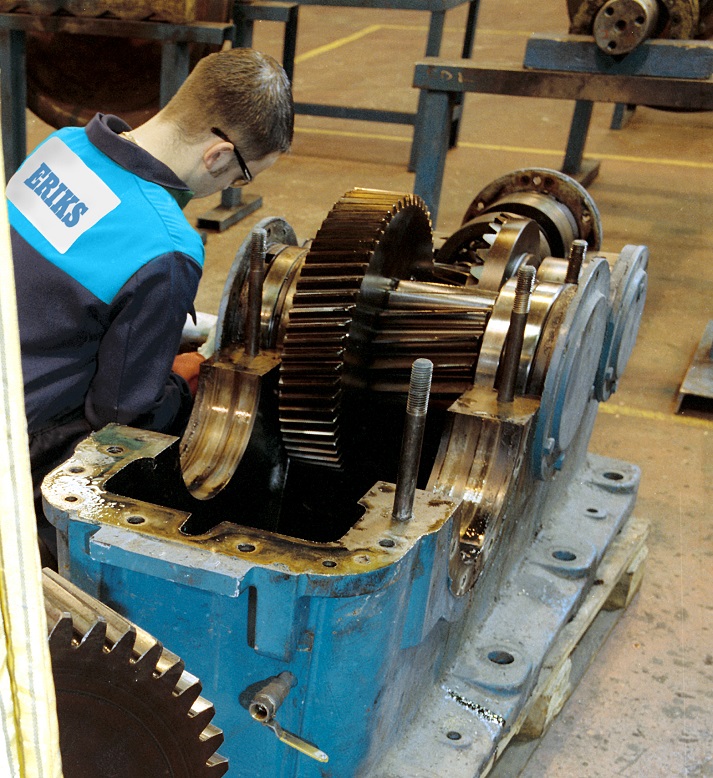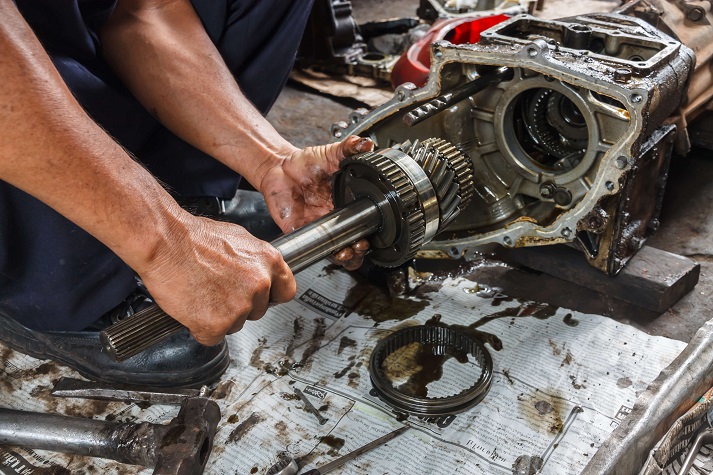
Reduction Gearboxes: What to Consider When Choosing the Ideal One
Gear reducers are mechanical transmission devices that connect motors to driven loads. More commonly known as gearboxes, these automation components allow you to modify the speed and torque between the motor and loads. Gearbox assemblies are comprised of a series of gears, and the gear reduction ratio (the number of teeth between the input and output shafts) is also called transmission ratio.
Nowadays, custom and application-specific gearboxes are becoming increasingly more popular, simply because they’re easier to manufacture to fit the specification. Additionally, most automation components manufacturers have advanced automation and design software that allows you to get reasonably priced gearboxes in modest volumes. So if you’re looking to buy gearboxes, there are a couple of questions you need to ask yourself in order to ensure you get the right product for your application:
- What’s the input horsepower and speed of the application?
- What else should the gearbox do outside of output torque and speed?
- What are the useage characteristics?
- How long will the gearbox run on the daily?
- Should it be capable of withstanding vibration and shock?
- How overhung are the loads and are there any internal overhung loads?
- Does the application require a hollow-bore or shaft input or output?
- Does it need to be corrosion-resistant?
- How is the gearing going to be orientated?
Finding the answer to these questions will ensure you pick the right product. Here’s what else you need to consider before you make a choice.
Contents
Service Factor
The first thing you need to figure out when buying a gearbox is the service factor. This will help you define concerns like hours of use per day, type of input and vibration and shock association with its application. Applications that involve irregular shocks, such as grinding applications, require a higher service factor. On the other hand, a gearbox that doesn’t run 24 hours a day requires a lower factor than those that do.
Service Class

Once you determine the service factor, it’s time to determine the service class. Gearboxes that are intended to be paired with AC motors driving evenly, constant-speed loads for about 20 hours a day have a service class 2, for instance. You can find the service class information about the gearbox in the product details of the gearbox when buying it.
Overhung Load
After the service factor and class have been decided, you need to consider the maximum overhung load that is allowed for that sized gearbox. If the load in an application goes over the permitted value, you need to increase the gearbox size to ensure it can withstand the overhung load.
Mounting
Gearboxes can be mounted in many different ways, and the way your gearbox can be mounted will depend on its size. The most common mounting option is a flanged input with hollow bores for C-frame motors combined with output shafts that project to the left. However, there are quite a few other options as well, such as mounting feet that go above or under the body of the gearbox, input and output configurations and hollow outputs are all available. Gearbox manufacturers and sellers will list the dimensional information and mounting options in their catalogues and websites.
Seals, Lubricant and Motor Integration

Once you’ve figured out the rest of the configuration, these are the three last specifications you need to keep in mind. Most gearboxes are shipped already filled with lubrication, but some units ship empty so that you can fill them with lubrication on site. In applications that feature a vertical shaft down, a second set of seals are recommended. Lastly, because many gearboxes are eventually mounted to C-frame motors, some manufacturers integrate the motor onto the gearbox so you’ll get the entire assembly as a single unit.
That being said, you should consider working with consultants and use custom gear designs if the application requires one. Some gearbox designs are more efficient than others and will ensure they deliver the performance required by the application. You can review the performance calculations to determine whether the gearbox will cause any issues with the intended application.
Keep in mind that standard and custom gearing don’t have to be mutually exclusive. If a fully-customised gearbox isn’t feasible, you can consider getting in contact with manufacturers that sell units built to order from standard modular subparts. But if you want a small number of completely custom-built gearboxes, look for a manufacturer that features the latest CAM and CAD software and the equipment to streamline post-processing work.
Last but not least, once you’ve installed the gearbox in the application, make sure you perform a couple of test runs in sample environments that are similar to the standard operating scenarios. If the gearbox shows symptoms of noise, stress or high-heat, you might have to reconsider your selection and/or contact the manufacturer to come up with a solution.

